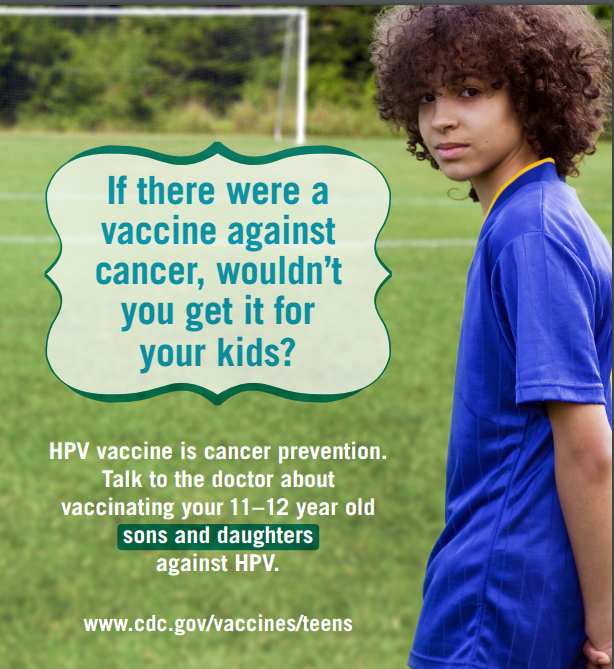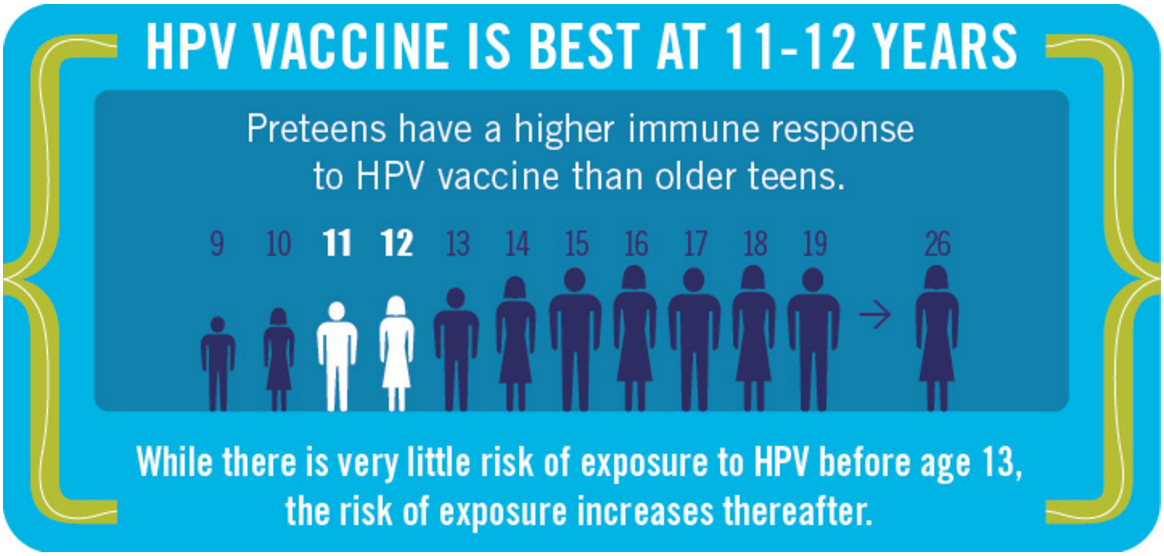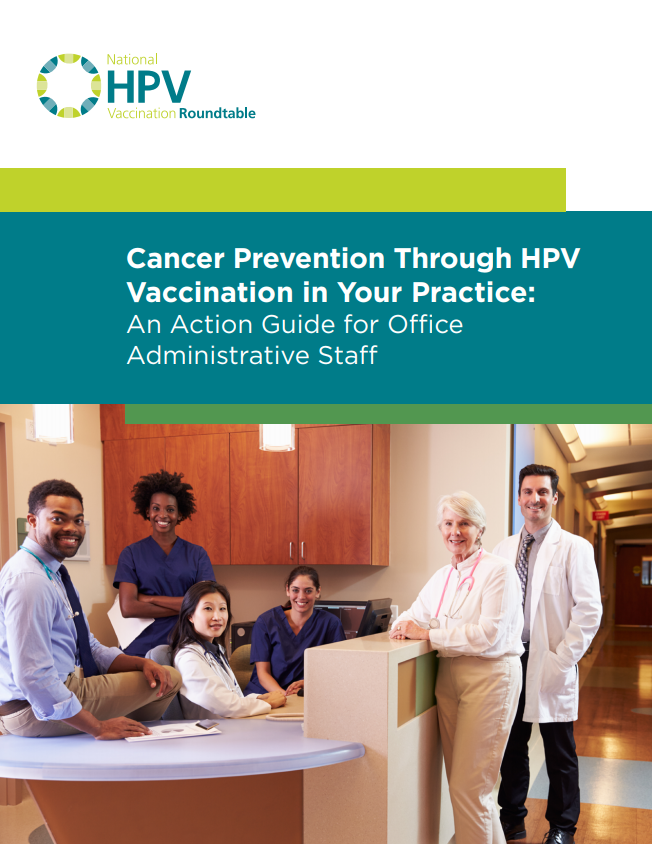NEW!
STATE FUNDED RESOURCE FOR PEDIATRICIANS AND FAMILY PHYSICIANS
HPV: Don’t Wait. Vaccinate!
Increasing First Dose HPV Vaccine for Teens
A Part 4 Quality Improvement (QI) MOC Project
Registration Flyer
MOC Summary of Project Online
HPV MOC Project Instructions_Maryland
HPV
(Human Papillomavirus)
HPV is a very common and widespread virus, consisting of more than 150 related viruses. Nearly everyone will be infected in their lifetime. In fact, the Centers for Disease Control and Prevention (CDC) estimates that more than 90% of sexually active men and 80% of sexually active women will be infected with at least one type of HPV at some point in their lives. Around one-half of these infections are with a high-risk HPV type.1
- High-risk HPVs can cause cancer. About a dozen high-risk HPV types have been identified.
- Low-risk HPVs do not cause cancer but can cause skin warts on or around the genitals, anus, mouth, or throat.
Most high-risk HPV infections occur without any symptoms, go away within 1 to 2 years, and do not cause cancer. Some HPV infections, however, can persist for many years. Persistent infections with high-risk HPV types can lead to cell changes that, if untreated, may progress to cancer.2
Getting Vaccinated
 The HPV vaccine can prevent infection with the HPV types that most commonly cause HPV related cancers.
The HPV vaccine can prevent infection with the HPV types that most commonly cause HPV related cancers.
The CDC recommends the HPV vaccine be given to 11- to 12-year-old boys and girls so they are protected before ever being exposed to the virus. Research has shown that preteens have a better immune response to the vaccine than those in their late teens and early 20s.3 Vaccination recommendations include:
- The CDC recommends that 11- to 14-year-olds receive only two doses of HPV vaccine at least six months apart rather than the previously recommended three doses
- Teens and young adults who start the series later, at ages 15 and older, will continue to need three doses of HPV vaccine to protect against cancer-causing HPV infection.4
- In June 2019, the Advisory Committee on Immunization Practices (ACIP) recommended catch-up HPV vaccination for all persons through age 26.5
- ACIP did not recommend catch-up vaccination for all adults aged 27 through 45 years, but recognized that some persons who are not adequately vaccinated might be at risk for new HPV infection and might benefit from vaccination in this age range; therefore, ACIP recommended shared clinical decision-making regarding potential HPV vaccination for these persons.6

Tools and Resources
For Health Professionals:
Vaccinating against HPV at Age 11-12: Show Me the Evidence
Vaccinating against HPV at Age 11-12: Show Me the Evidence
Order 'Fact Sheets for Parents'
Providers may order the 'Fact Sheet for Parents' (English and Spanish) from MDH in bulk at no cost. Fact sheets are available in packs of 25. To order, please completely fill out the order form with the number of packs your practice requests. The number of packs ordered will be mailed to you after MDH receives your request.
|
National HPV Vaccination Roundtable Resources
The National HPV Vaccination Roundtable has created an extensive library of resources that includes educational material for parents, educational materials for health professionals, and various toolkits. Please visit http://hpvroundtable.org/resource-library/ to learn more.
Every health care professional plays an important role in increasing HPV vaccination rates. Members of the Provider Training Task Group developed a suite of 6 Clinician & System Action Guides to encourage providers, support teams, and health systems to take action today. |

|
|
Clinical Guides
Systems Guides
|

|
Events
HPV Vaccination Symposium: Providers Are The Keys
March 3, 2018
HPV: Don't Wait. Vaccinate! Increasing First Dose HPV Vaccine for Teens

